Home>Renovation & DIY>Home Renovation Guides>How To Keep A Sunroom Warm In Winter
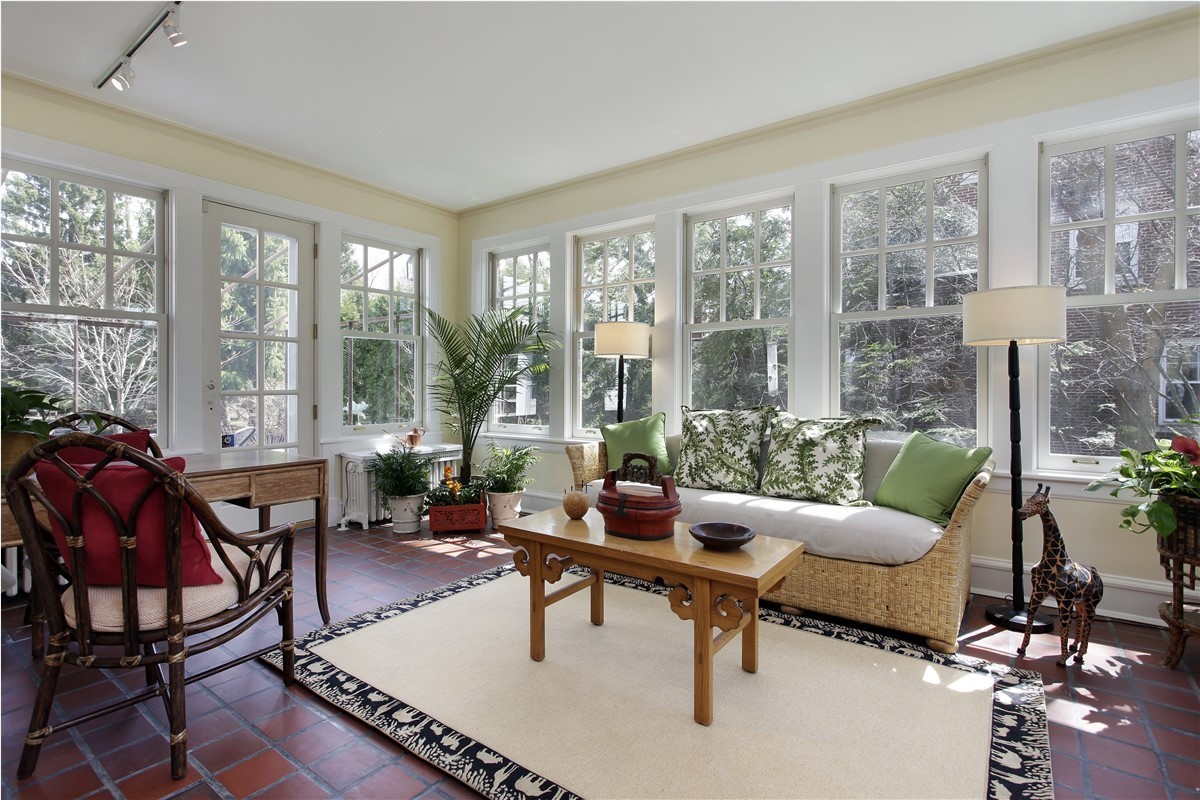

Home Renovation Guides
How To Keep A Sunroom Warm In Winter
Modified: August 28, 2024
Learn effective strategies for keeping your sunroom warm during the winter months with our comprehensive home renovation guide.
(Many of the links in this article redirect to a specific reviewed product. Your purchase of these products through affiliate links helps to generate commission for Storables.com, at no extra cost. Learn more)
Insulating the Sunroom
Proper insulation is crucial for maintaining a warm and cozy sunroom during the winter months. Here are some effective ways to insulate your sunroom:
- Weatherstripping: Check for any gaps or cracks around windows and doors, and apply weatherstripping to seal them. This simple yet effective solution helps prevent cold air from seeping in and warm air from escaping.
- Window Insulation Film: Applying window insulation film is a cost-effective method to reduce heat loss through the glass. This transparent film creates a barrier that helps retain heat while still allowing natural light to enter.
- Insulated Shades or Blinds: Consider installing insulated shades or blinds to provide an additional layer of insulation. These window treatments help trap air and create a barrier against the cold.
- Door Sweeps: Install door sweeps at the bottom of exterior doors to block drafts and maintain a consistent indoor temperature.
By implementing these insulation techniques, you can significantly improve the thermal efficiency of your sunroom, ensuring a warm and inviting space throughout the winter.
Key Takeaways:
- Seal drafts and insulate windows and doors with weatherstripping, insulation film, and blinds to keep your sunroom warm in winter. These simple solutions help retain heat and create a cozy space.
- Consider underfloor heating or a space heater to add warmth to your sunroom during winter. Strategic use of curtains and heavy drapes can also help regulate temperature and create a comfortable environment.
Read more: How To Keep Floor Warm In Winter
Using Curtains and Blinds
Strategic use of curtains and blinds can contribute to the warmth and comfort of your sunroom during the colder months. Consider the following tips to maximize their effectiveness:
- Thermal Curtains: Opt for thermal curtains with multiple layers, as they are specifically designed to insulate windows and prevent heat loss. These curtains help trap warm air inside the sunroom while blocking out cold drafts.
- Heavy Drapes: Choose heavy, insulating drapes that can be drawn closed during the night to create an additional barrier against the chill. When open during the day, they allow sunlight to naturally warm the space.
- Blinds with Thermal Properties: Consider installing blinds that have thermal properties, such as honeycomb or cellular blinds. These types of blinds create an insulating layer of air between the window and the room, enhancing the sunroom’s energy efficiency.
- Layered Window Treatments: Combine curtains with blinds for enhanced insulation. This layered approach provides versatility, allowing you to adjust the level of insulation based on the outdoor temperature and sunlight intensity.
By strategically using curtains and blinds, you can regulate the amount of sunlight and heat entering your sunroom while effectively minimizing heat loss, ultimately creating a warm and inviting space for relaxation and enjoyment.
Adding a Space Heater
Introducing a space heater to your sunroom can be a practical and efficient way to maintain a warm and comfortable environment during the winter. Here are some considerations and tips for utilizing a space heater effectively:
- Choosing the Right Heater: Select a space heater with the appropriate heating capacity for the size of your sunroom. Consider options such as ceramic heaters, infrared heaters, or oil-filled radiators, which are well-suited for providing consistent warmth in enclosed spaces.
- Placement: Position the space heater in a central location within the sunroom to ensure even distribution of heat. Be mindful of safety precautions and keep the heater away from flammable materials or high-traffic areas.
- Programmable Thermostat: Opt for a space heater equipped with a programmable thermostat to regulate the temperature based on your preferences. This feature allows you to maintain a comfortable warmth without continuous manual adjustments.
- Supplemental Heating: Use the space heater as a supplemental heating source when needed, especially during exceptionally cold days. This approach can help conserve energy by targeting heat distribution to the sunroom rather than increasing the overall home heating.
By incorporating a well-chosen space heater into your sunroom, you can create a cozy retreat where you can comfortably unwind and appreciate the winter scenery without compromising on warmth.
Consider using insulated curtains or blinds to help trap heat inside the sunroom during the winter months. This can help to maintain a warmer temperature and reduce heat loss through the windows.
Installing Underfloor Heating
Underfloor heating offers a luxurious and efficient solution for keeping your sunroom warm and inviting during the winter months. Here’s a comprehensive guide to installing underfloor heating:
- Types of Underfloor Heating: There are two main types of underfloor heating: electric and water-based (hydronic) systems. Electric systems are easier and less expensive to install, while water-based systems are more energy-efficient and suitable for larger sunrooms.
- Subfloor Preparation: Ensure that the subfloor is clean, level, and well-insulated before installing the underfloor heating system. Proper subfloor preparation is essential for the efficient operation of the heating elements.
- Heating Element Installation: Lay out the heating elements according to the manufacturer’s instructions, whether they are electric heating mats or water pipes for hydronic systems. Take care to evenly distribute the heating elements across the entire floor space for uniform warmth.
- Thermostat and Controls: Install a programmable thermostat to regulate the underfloor heating system, allowing you to set specific temperatures for different times of the day. This level of control ensures optimal comfort and energy efficiency.
- Flooring Selection: Choose flooring materials that are conducive to underfloor heating, such as tile, stone, or engineered wood. These materials allow for efficient heat transfer and help maintain a comfortable temperature in the sunroom.
By investing in underfloor heating for your sunroom, you can enjoy the luxury of walking on warm floors while experiencing consistent and radiant warmth throughout the space, creating an inviting oasis during the winter season.
Sealing Drafts and Air Leaks
Addressing drafts and air leaks in your sunroom is essential for maintaining a comfortable and energy-efficient space during the winter. Here are effective strategies for sealing drafts and air leaks:
- Inspecting Windows and Doors: Thoroughly examine the windows and doors in your sunroom for any gaps, cracks, or deteriorating seals that may contribute to drafts. Pay close attention to the areas around frames, sashes, and weatherstripping.
- Applying Caulk and Weatherstripping: Use high-quality caulking to seal gaps around window and door frames, as well as any visible cracks or openings. Additionally, replace worn or ineffective weatherstripping to create a tight seal and prevent air infiltration.
- Sealing Electrical Outlets and Vents: Inspect electrical outlets, light switches, and vent covers in the sunroom for potential air leaks. Apply foam gaskets behind outlet and switch plates, and use caulk to seal around vents to minimize heat loss.
- Insulating Exterior Walls: Consider adding insulation to the exterior walls of the sunroom, especially if it is an older structure. Proper insulation helps reduce heat transfer and minimizes the impact of outdoor temperatures on indoor comfort.
- Utilizing Draft Stoppers: Place draft stoppers or door snakes at the base of exterior doors to block cold air from entering and prevent warm air from escaping. These simple and affordable solutions can make a noticeable difference in maintaining a consistent temperature.
By diligently addressing drafts and air leaks in your sunroom, you can create a more energy-efficient and comfortable space, ensuring that the warmth generated by your heating systems remains inside while keeping chilly drafts at bay.
Frequently Asked Questions about How To Keep A Sunroom Warm In Winter
Was this page helpful?
At Storables.com, we guarantee accurate and reliable information. Our content, validated by Expert Board Contributors, is crafted following stringent Editorial Policies. We're committed to providing you with well-researched, expert-backed insights for all your informational needs.
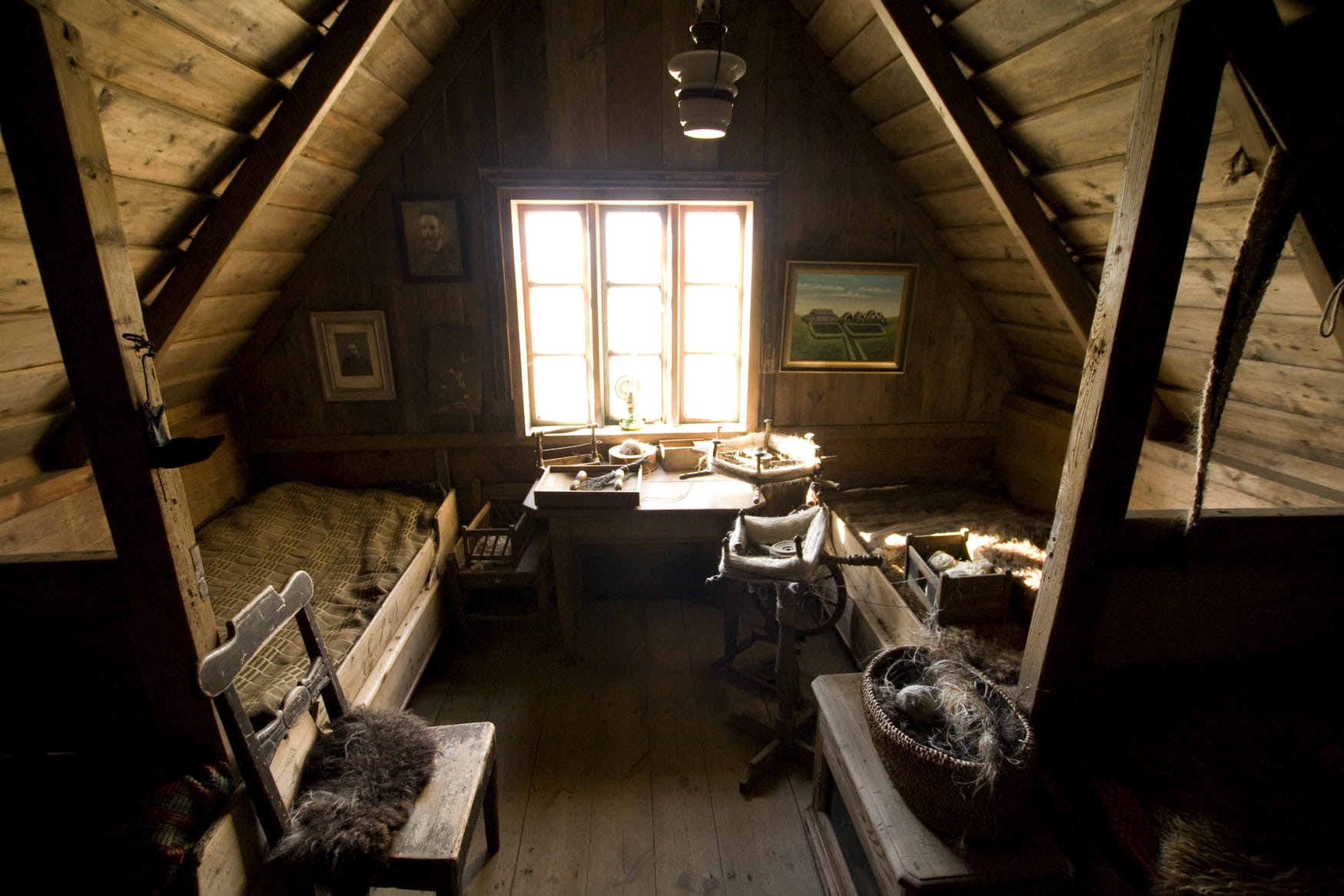
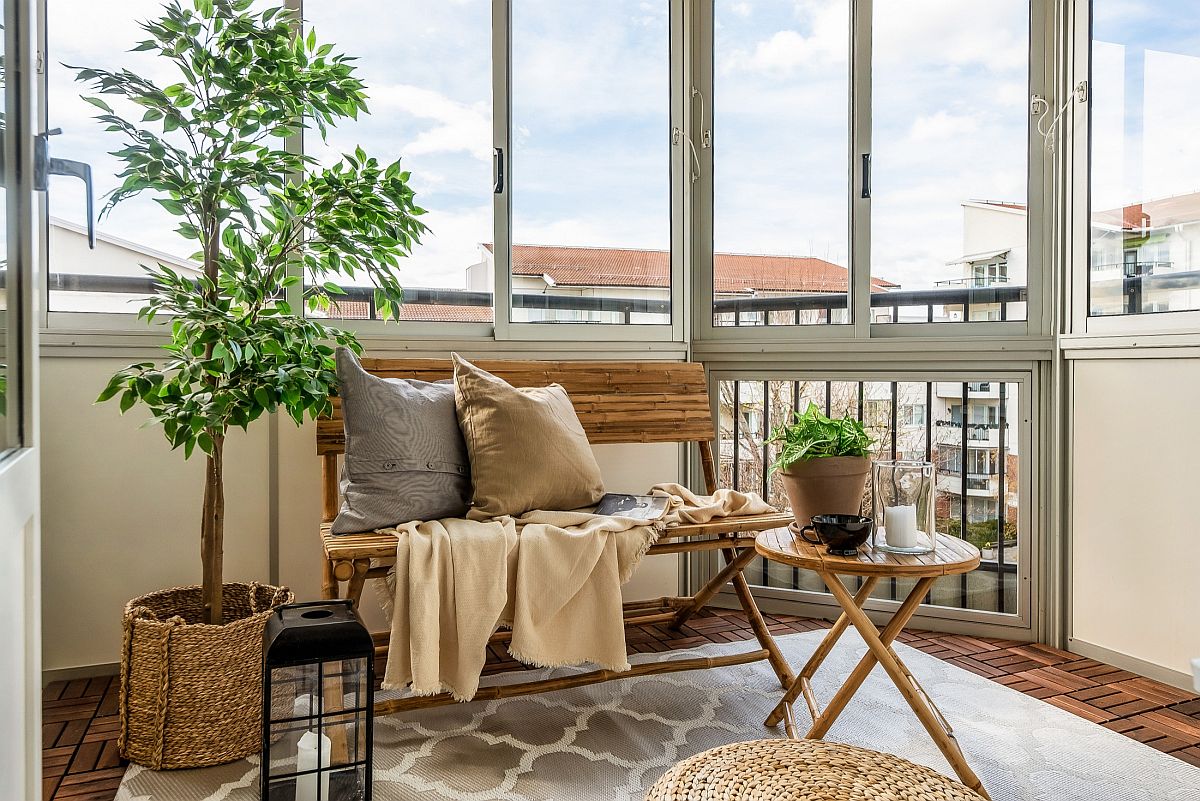
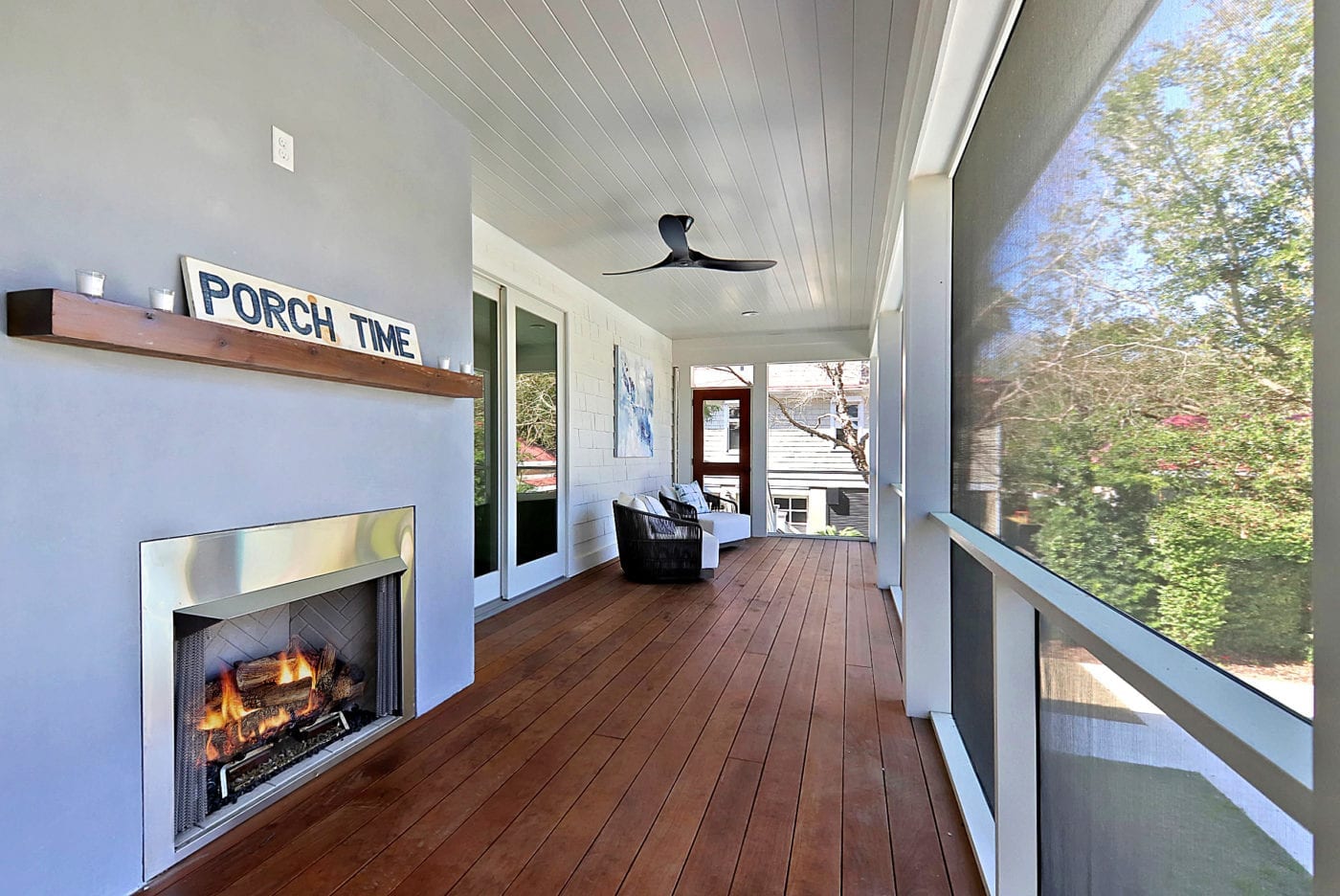
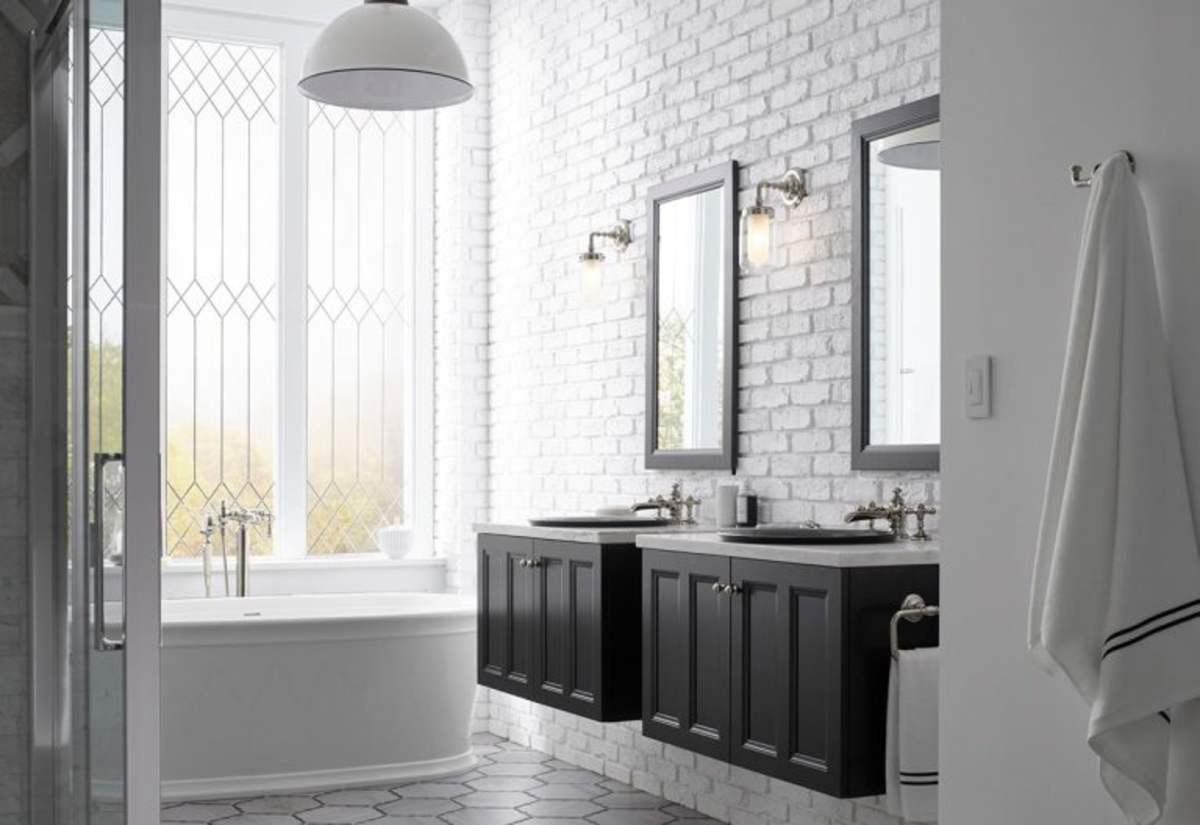

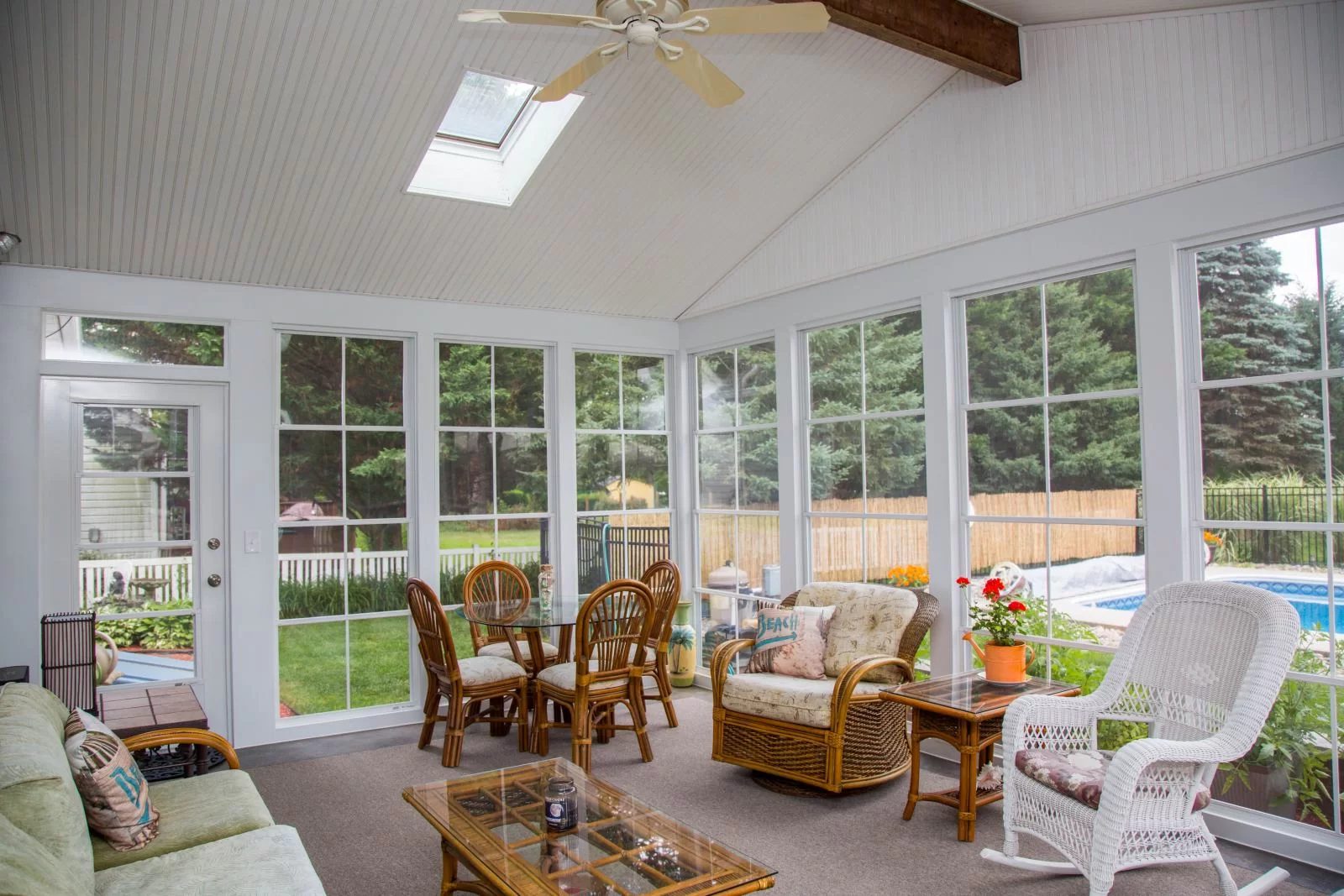
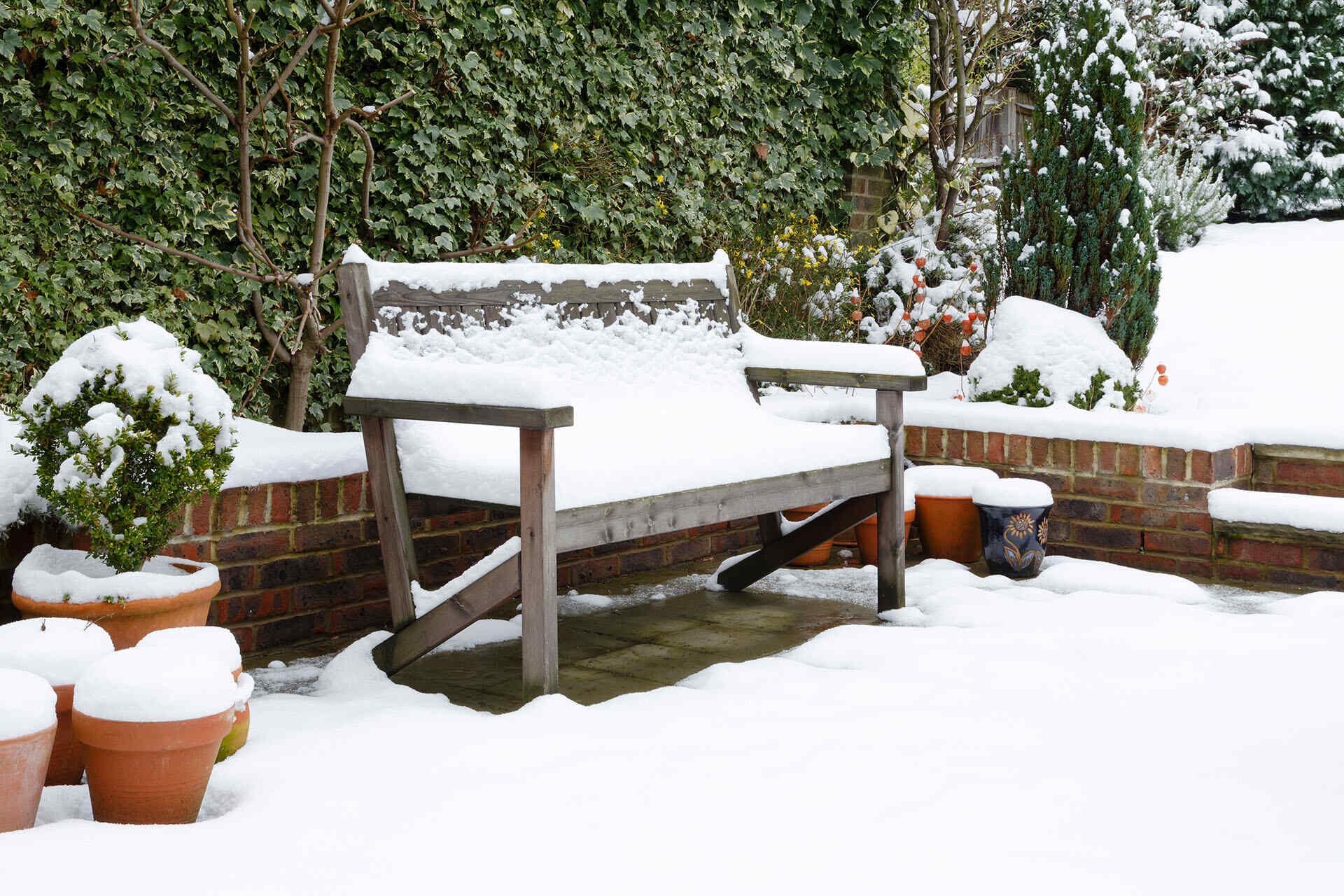
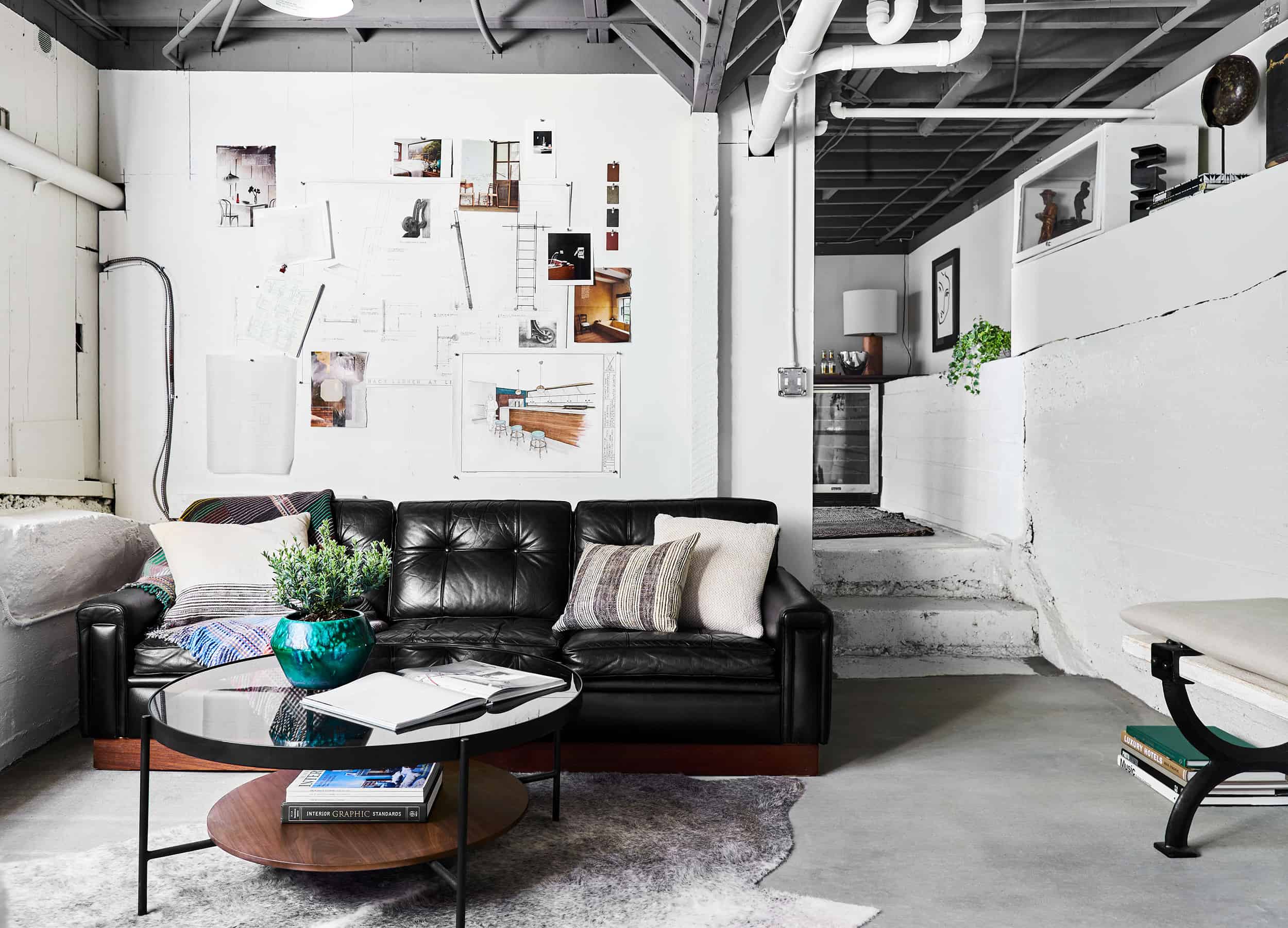
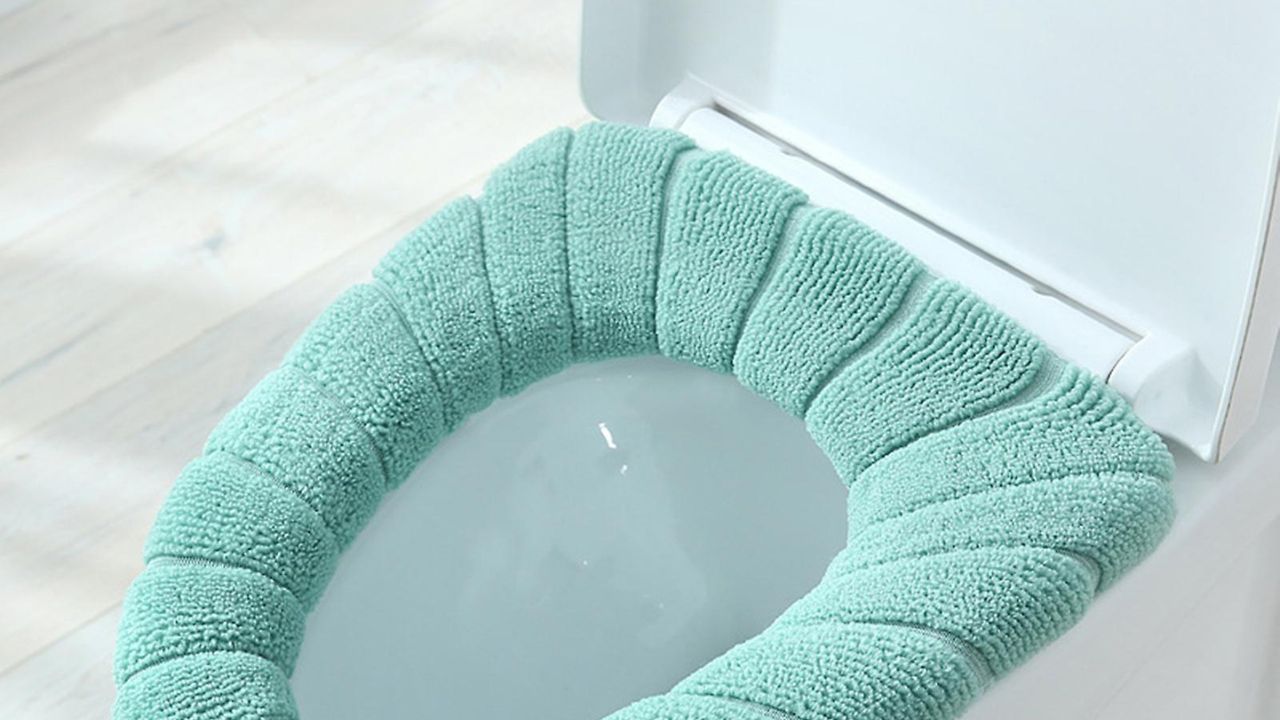

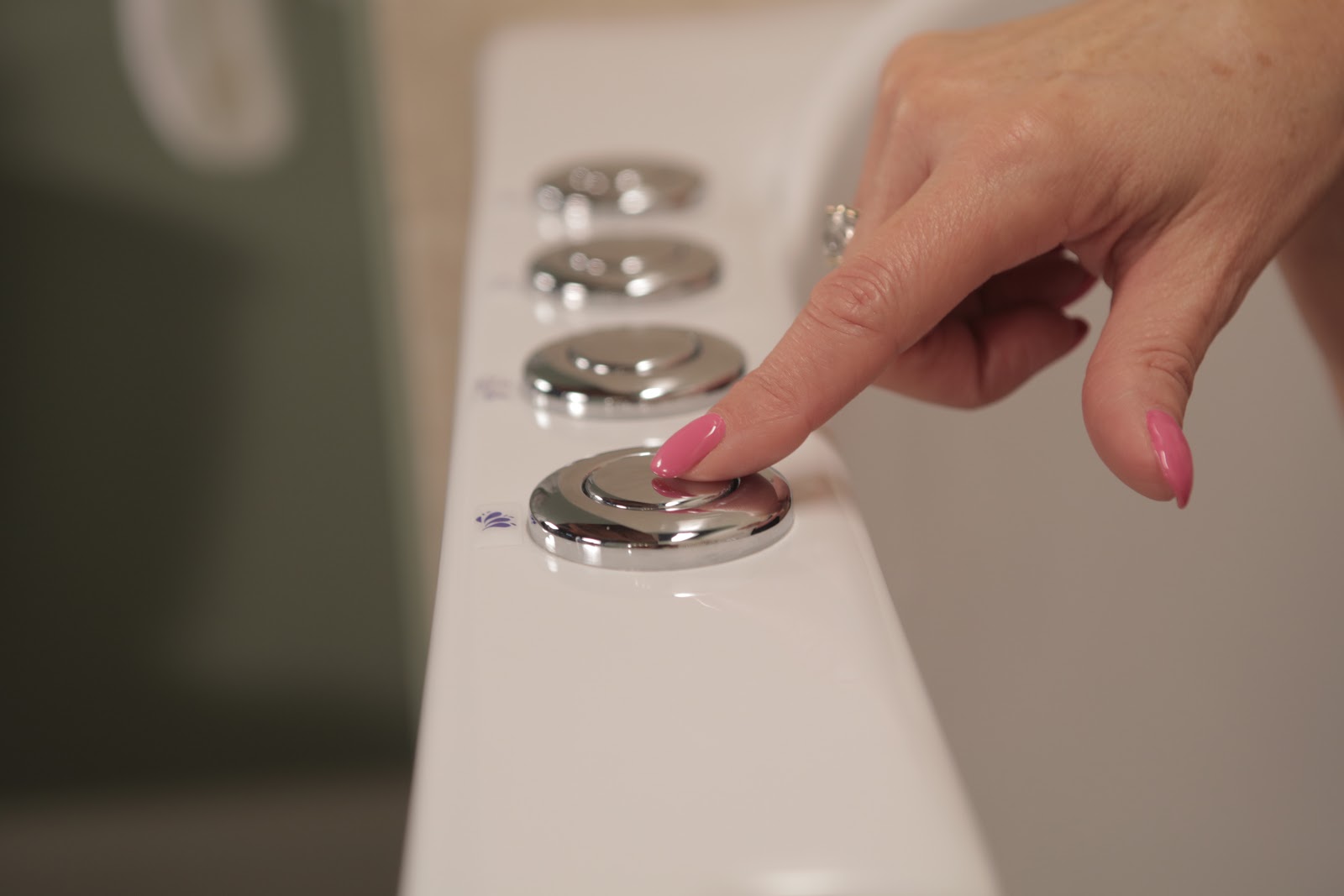
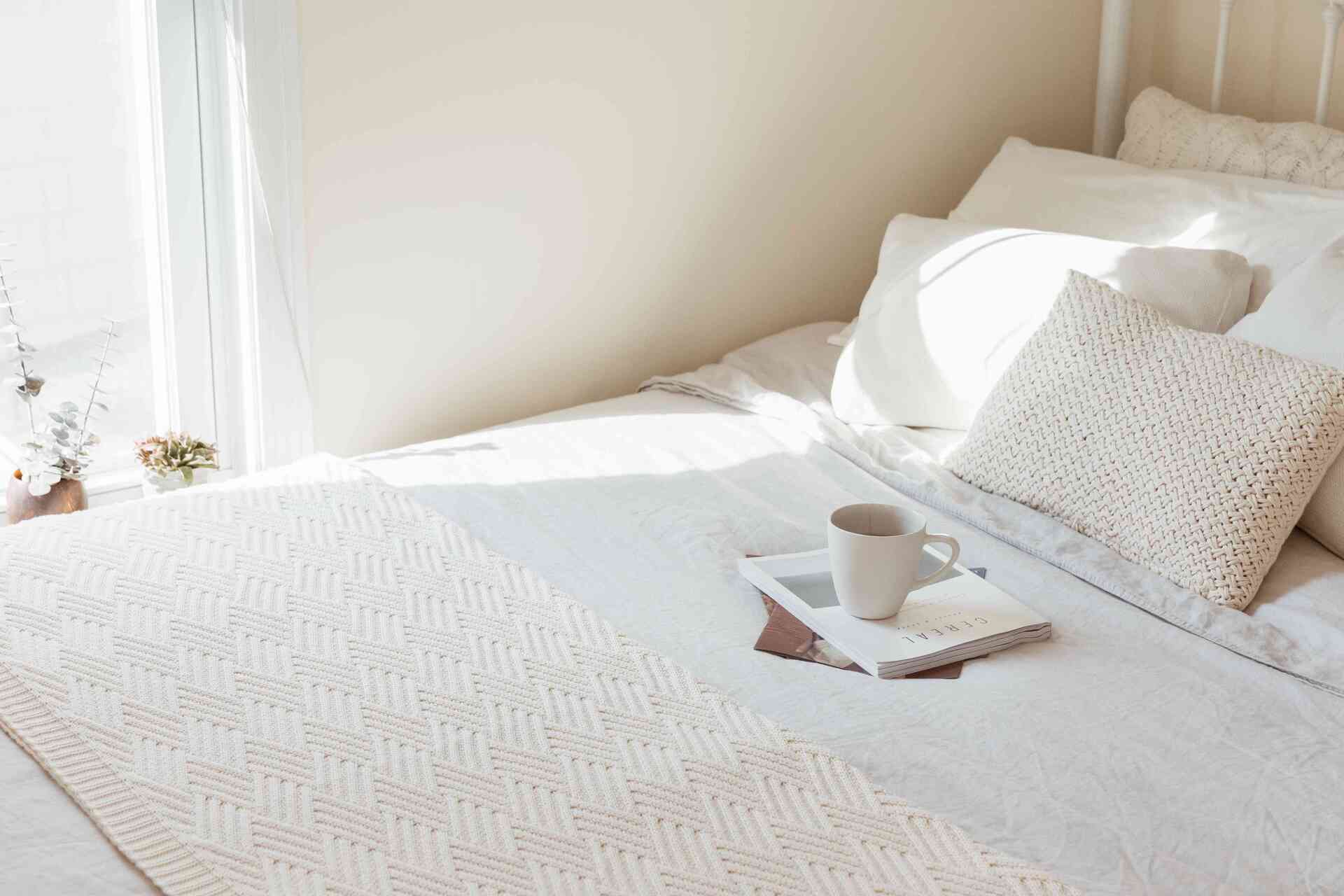
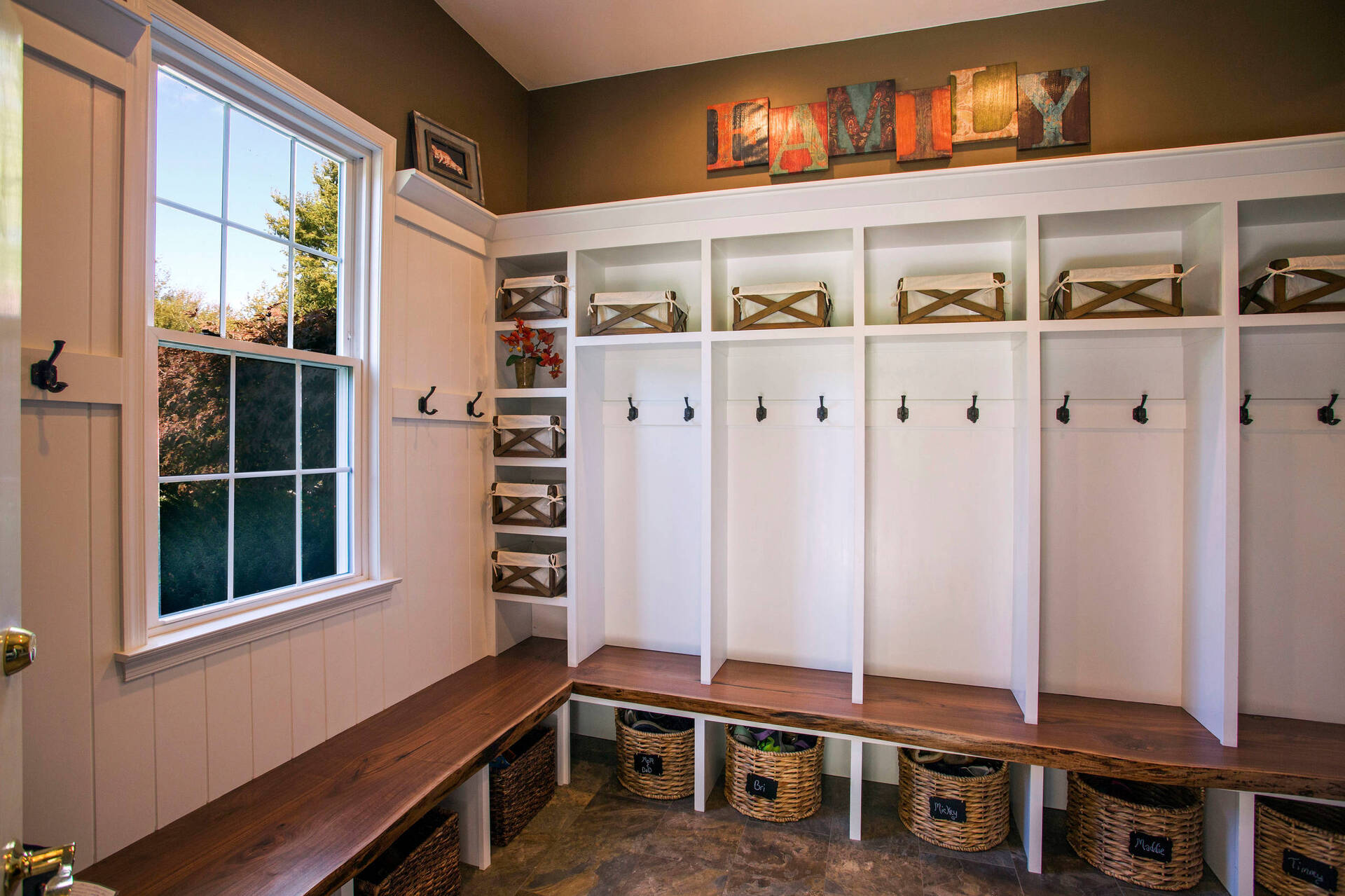

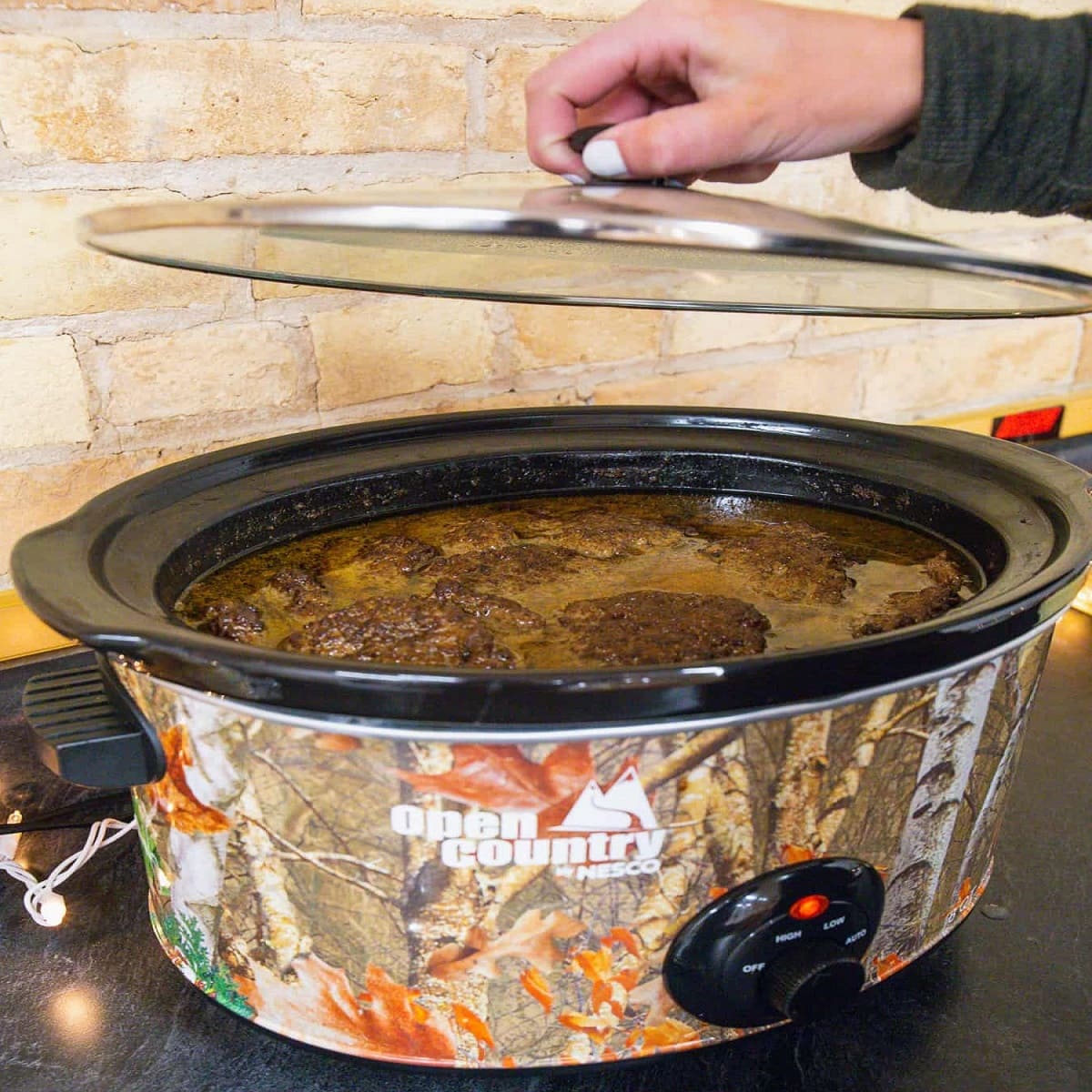

0 thoughts on “How To Keep A Sunroom Warm In Winter”